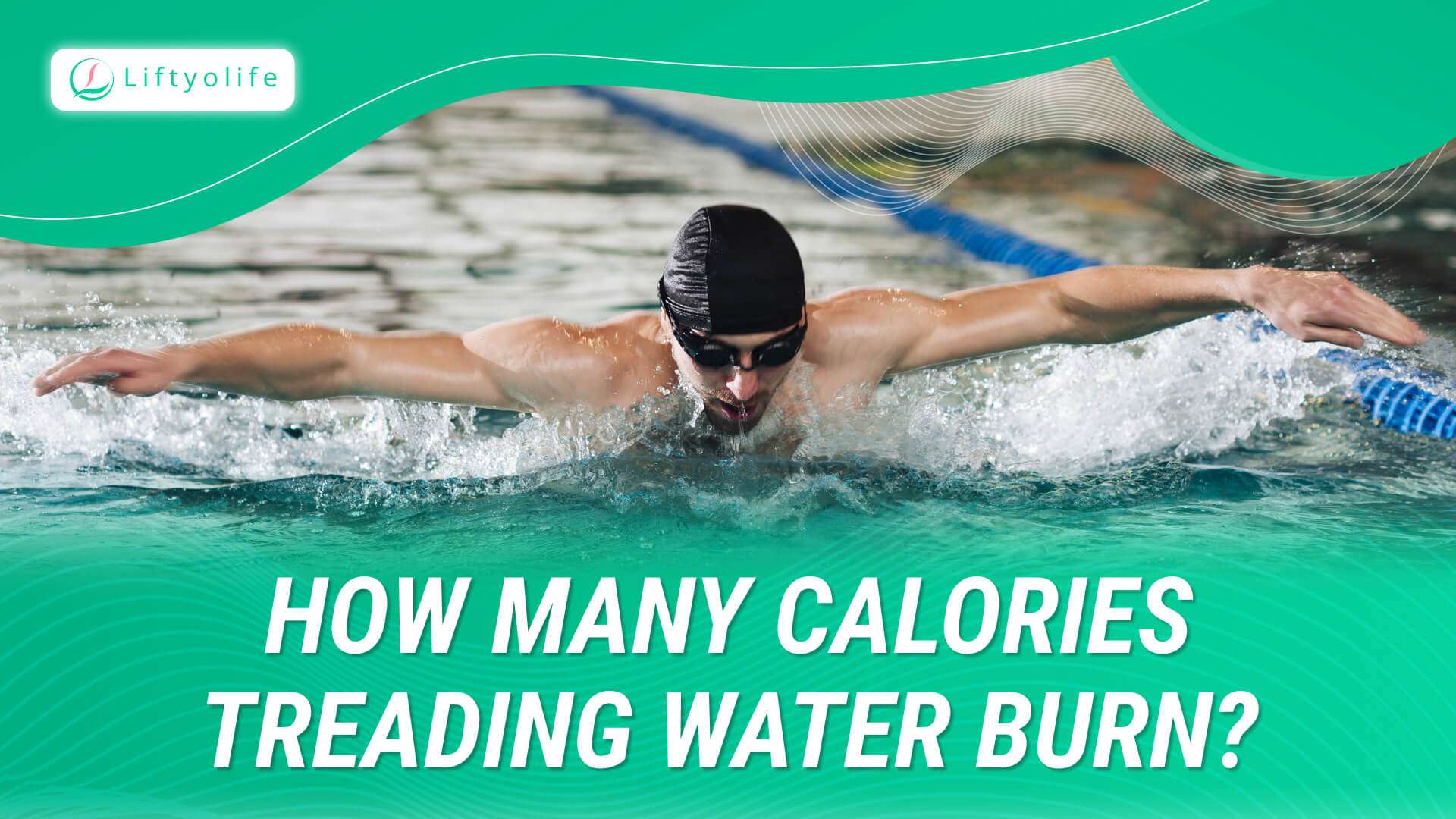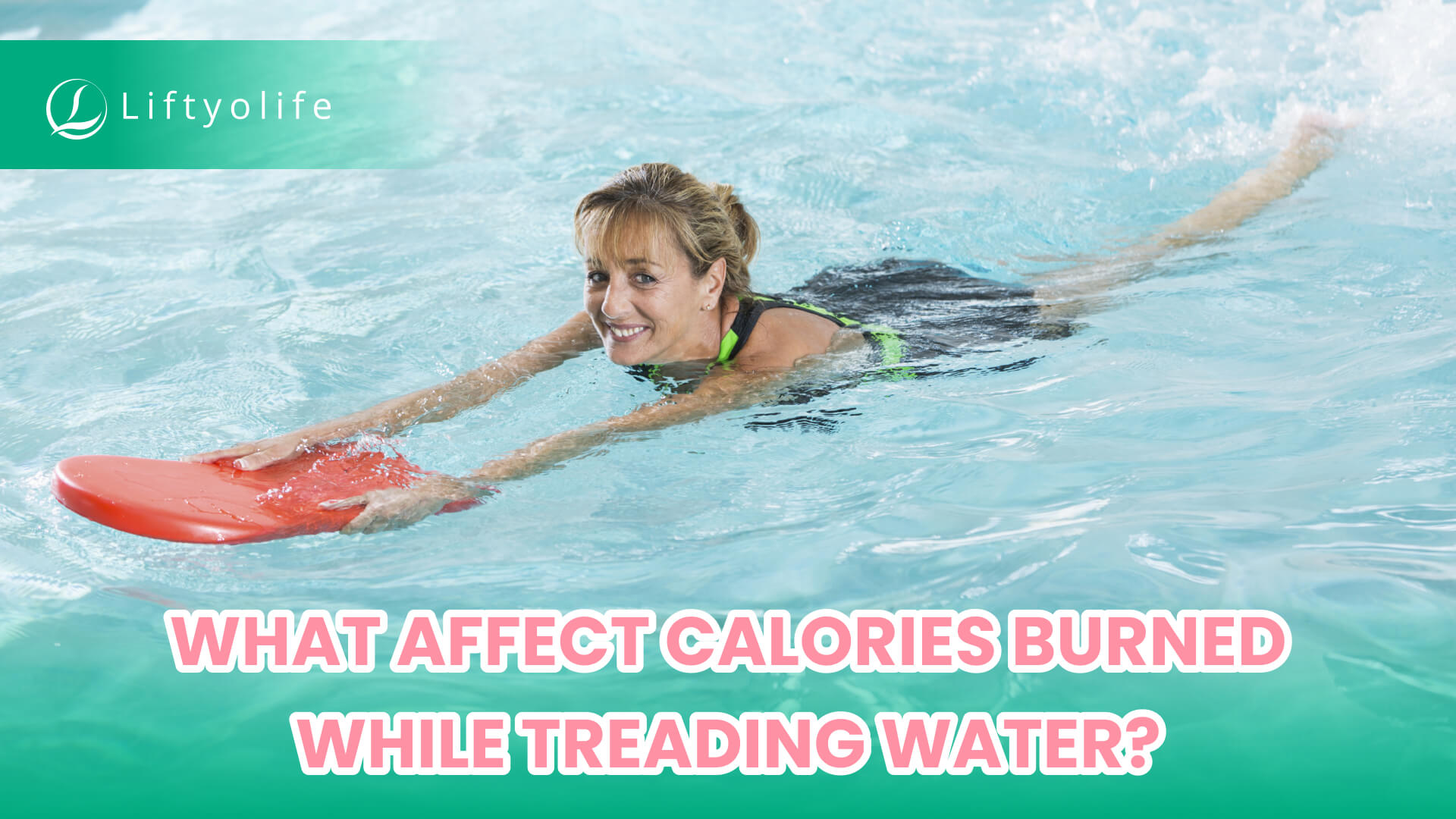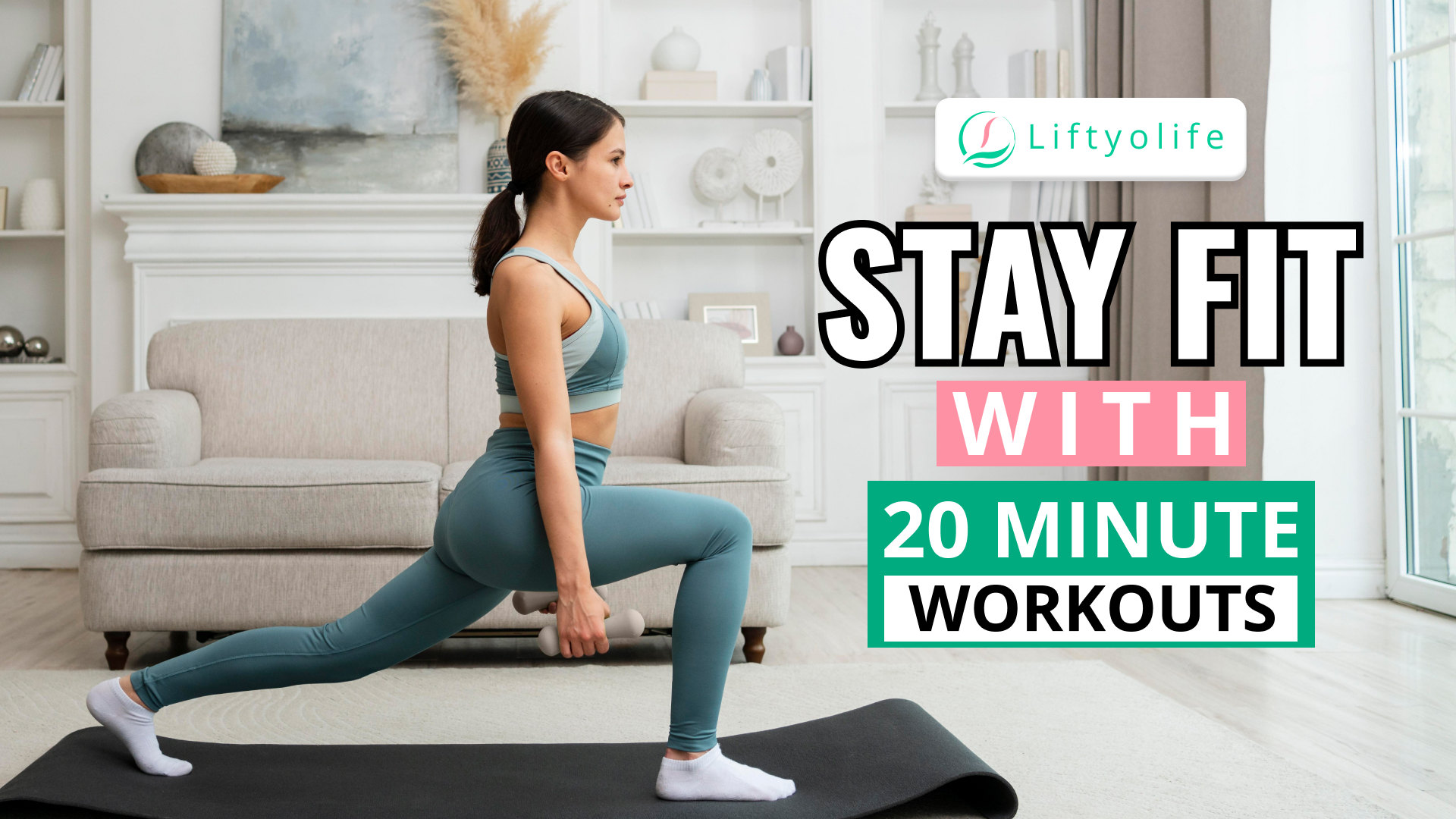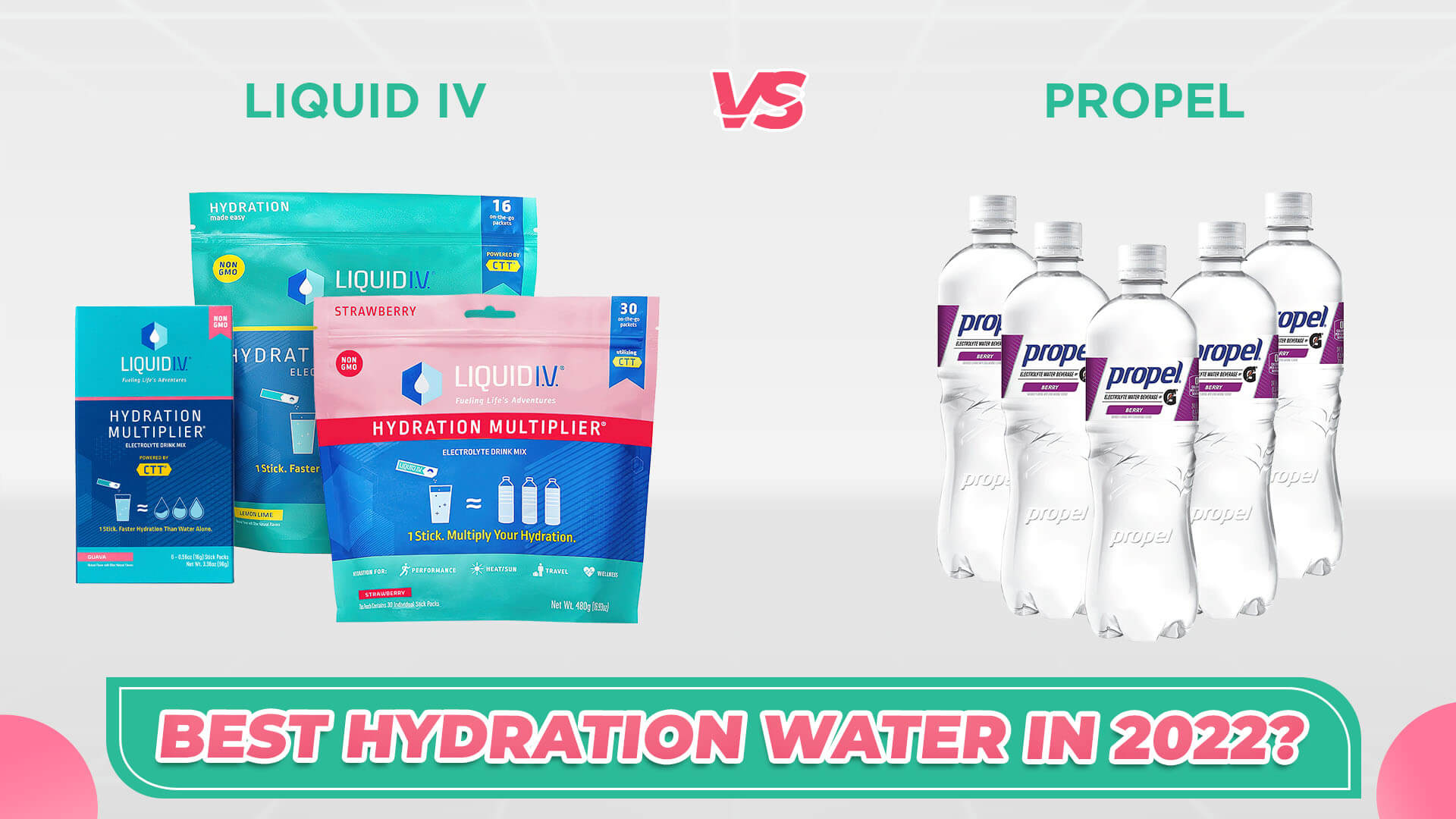How Many Calories Does Treading Water Burn?

Ever you get back from the beach or pool completely exhausted? A day in the sun can have that effect on you, but your time in the water is a major reason you’re so tired. Treading water can torch major calories. You may be curious about how many calories does treading water burn. Let’s read this article on Liftyolife (liftyolife.com) to know more.
1. How Many Calories Does Treading Water Burn?
According to many sources, treading water can burn, on average, 11 calories per minute; that’s the same as running six miles per hour. The exact number of calories burned can differ based on many factors such as your treading technique, your body weight, the water temperature, the intensity of your treading, and more.
You could even burn more calories than usual depending on how you manipulate these factors. Treading water burns a similar amount of calories as swimming does.
You’ll be pleased if this seems too perfect to be true. You can burn up to 3.5 times as many calories swimming as opposed to walking vigorously on land for the same length of time. Because water offers 12–15 times more resistance than air. Additionally, exercising in the water will seem much more relaxing than doing it outside in the sweltering weather.
2. Factors Determining the Number of Calories Burned
2.1. The Treading Technique Used
There are several treading methods that make use of various body parts and actions. Similar to the most popular swimming strokes, different treading techniques have different calorie burning.
For instance, the frog kick, which is performed with the arms pushing in sync with the legs, is one of the hardest techniques for treading water. But it has the advantage of burning the most calories.
The eggbeater kick, on the other hand, is the most effective to lose fat and will burn the least calories when used.
2.2. Body Weight
How many calories you burn when treading water mostly depends on your body weight. Given all other things being equal, it is easy to imagine that a woman weighing 120 pounds would burn fewer calories than a man weighing 200 pounds due to their sheer size differences. In this example, the man’s larger body would take more energy merely to maintain its functions, and retaining float would need more effort to move the larger body against the resistance of the water.
This does not only apply to swimming. Generally, a larger person will simply burn more calories by doing the same exercise for the same length of time as a smaller one. The final conclusion is that, given the identical circumstances, a larger individual would burn more calories.
2.3. Time Taken to Tread
You will burn more calories when you tread water for a longer period of time. Water treading, which seems like a basic activity of floating about, may really be pretty boring, especially if you’re trying to exert more effort to burn more calories.
And while you exercise by treading water, try to combine periods of intensive exercise with pauses of around 5 minutes. By doing this method, you won’t get tired and may keep going without getting out of the water.
2.4. Your Height
The taller individual will need to move more quickly to make the same number of hand or leg motions, for instance, given the same amount of time. As a result, they will burn more calories.
Keep in mind that, as is normal while water-treading, being taller necessitates a larger upthrust to maintain the head above the water. You will require more treading strength and burn more calories as a result of a higher upthrust.
2.5. The Water Temperature
Even “warm” water is far colder than our body temperature. You should be aware that water transfers heat away from our bodies 25 times more effectively than air. As long as the water’s temperature is lower than your body’s core temperature, your core temperature will gradually decrease.
Your body will automatically go through a process known as thermoregulation, where it seeks to maintain its core temperature while being affected by the cold, in an effort to combat this. The temperature in most swimming pools ranges from 25 to 28°C (77 to 82°F), therefore the body must continually adapt to maintain normal biological functions.
The temperature of your body is roughly 37 °C. The body will thus need to produce heat as you will lose it to the water around four times as quickly as you do to the air when you are out of water.
Calorie burning makes it possible to generate heat. The number of calories expended increases with the degree of body temperature differential.
2.6. Speed of Treading
Like any other exercise, the more quickly you move, the more calories you’ll burn in that period of time. Water treading follows the same rules. Due to the increased resistance of water, you won’t sweat as much or move as quickly, but you’ll still exert your body more and burn more calories as a result.
It’s important to emphasize that you must be mindful of the risk presented by ineffective water exercise. You shouldn’t push yourself too hard if you haven’t mastered a particular treading regimen since it’s easier to hurt yourself than with workouts done outside of the water.

Factors Determining the Number of Calories Burned
3. Benefits of Treading Water and Swimming
While swimming and treading water are excellent methods to burn calories, there are many more benefits to water workouts that you’ll like. Whether you’re swimming laps or participating in water aerobics, swimming is great for your heart.
An investigation published in the International Journal of Environmental Research and Public Health in November 2019 found that your heart rate drops as much as 17 beats per minute in water compared to land. Your heart rate may indicate that you are exercising too slowly while in reality, you are engaging in strenuous exercise. So, when swimming, pay attention to how your body feels.
Swimming is easy on the joints than other cardio exercises like jogging or HIIT. A March 2017 study from PLOS One found that the water assists in reducing the damage by 36 to 55 percent. All of your motions will thus be low-impact, which will relieve pressure on your knees, hips, and ankles.
Godbold claims that exercising in the water may even increase your muscle strength since the water adds resistance. Swimming needs you to push against the force of the water, as opposed to other activities like jogging where you just move through the air.
4. Additional Calorie Burning Tips
4.1. Change up your programming
Besides time, intensity, water temperature, and treading style, there are various factors that you may change. For example, you can increase the difficulty by traveling to a wave pool or wearing a diving belt with a few dive weights.
For example, you may try treading water in a wave pool, which simulates swimming against waves. Wave pools are the most like the actual thing you can get in a controlled and safe setting. There will be lifeguards on duty, so even if something goes wrong, you have a backup plan. This approach might sound a little risky.
4.2. Tread faster
Moving faster is one technique to make an exercise more intense. You can walk slowly at first and then go faster, similar to how a runner could advance from a mild to a moderate jog. Naturally, you will burn more calories in the same amount of time if you move more quickly and forcefully.
You’ll also need to take breaks more frequently and quicker than previously. While you should push yourself, do not sacrifice your safety, which should always be a top priority while engaging in any aquatic sport.
4.3. Tread in colder water
Through a process called thermoregulation, your body will strive to maintain its core body temperature by burning calories. Thankfully, swimming in a pool is cold enough to trigger thermoregulation. Additionally, swimming in lukewarm water won’t likely feel particularly comfortable, despite being “safer.”
In light of this, you can consider looking for a pool with somewhat cooler water. Alternately, you might get out of the water entirely and wander the area. You’ll quickly find that it will seem much cooler than usual when you’re drenched in water and there’s a light breeze. The wind chill is a phenomenon that you may take advantage of by making your body burn extra calories to keep warm.
4.4. Tread longer
You might up the intensity of your workout without changing the pace by just treading water for a longer period of time. Let’s say that these intervals comprise the majority of your training sessions: 10 minutes of treading, then 5 minutes of rest. A good exercise would be to repeat this procedure three times, for a total of 30 minutes of treading water and 10 minutes of rest
You have a variety of options for changing your training. For instance, you may add a second interval and complete 40 minutes of treading water (4 x 10 minutes) followed by 15 minutes of rest (3 x 5 minutes, not including the final rest interval). You may switch things up such that you never have to leave the water and your “rest” is simply floating on your back in the water.
You might also attempt treading water for periods of time greater than 10 minutes; for example, you could want to tread for periods of 12 to 15 minutes. Or you might want to keep going nonstop until you exhaust yourself. This is beneficial for building endurance.
How many calories does treading water burn? Treading water can be a good exercise if done for a certain amount of time. In fact, it is a good exercise for those who want to lose weight, as it burns a lot more calories than one would think. Liftyolife (liftyolife.com) hopes you can find useful information here. Don’t forget to share this article on social if you like it.







